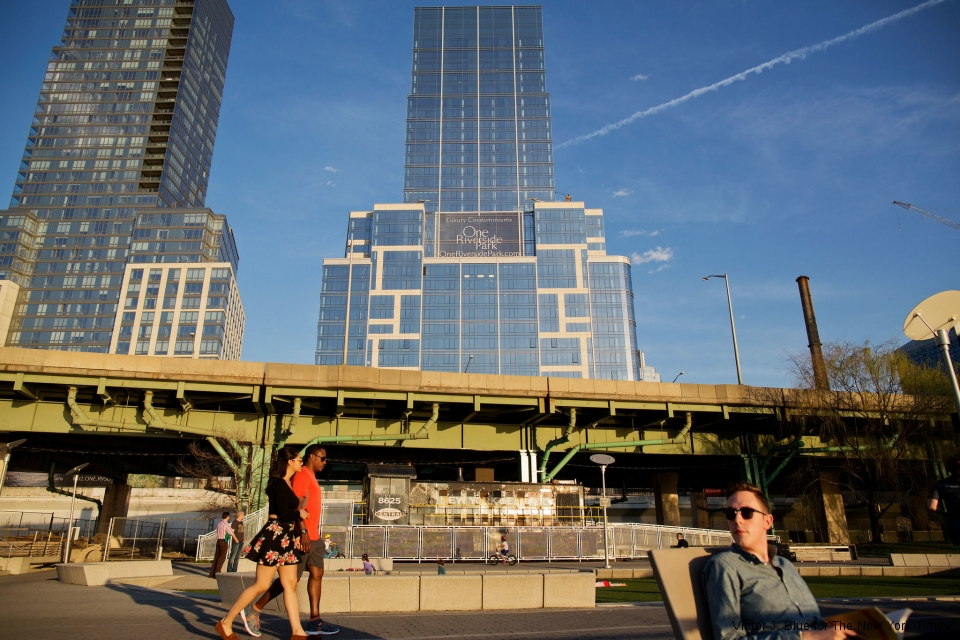New York City, Seattle considering banning so-called 'poor doors'
A new building in Vancouver's West End neighbourhood is getting some attention because of its segregated entrances for condo residents and those living in social housing units.
The West End Neighbours community group says the market-priced condo units and social housing units for the 19-storey high-rise for 1171 Jervis Street will also be branded differently at the entrances and have separate amenities.
The development permit was approved Monday by city staff.
The development application shows the entrance for the 28 units designated as social housing will be on Davie Street, while residents of the 63 market units will enter on Jervis Street.
The building has become a flash point in the neighbourhood because a public hearing was not required for the project under city regulations implemented in 2013, according to the group.
It won't be the first multi-use building in Vancouver to have separate entrances, but the proposal comes at a time where cities like New York and Seattle consider banning what some have called 'poor doors.'
